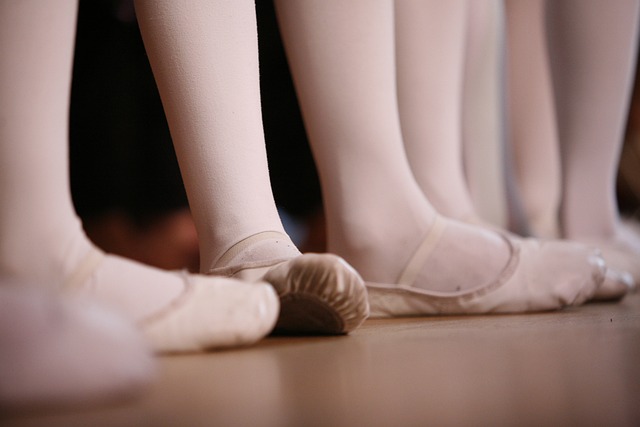Footwear in Dance: Choosing the Right Shoes for Ballet
Dance is a universal language that speaks to the heart and soul. Ballet, in particular, is a graceful art form that demands precision, flexibility, and immense dedication. While the dancers' movements may seem effortless, a lot of behind-the-scenes work goes into perfecting every step. One crucial element that often goes unnoticed is the choice of footwear. The right ballet shoes can greatly influence a dancer's performance and overall experience.
Understanding Ballet Shoes:
Ballet shoes come in two main varieties: ballet slippers and pointe shoes. Ballet slippers are lightweight and designed to provide flexibility to the dancer's feet. They come in full-soled and split-soled options. Full-soled slippers offer added support to beginners, while split-soled ones cater to more advanced dancers who require enhanced arch flexibility.
Pointe shoes, on the other hand, are a marvel of design, enabling dancers to balance and perform on their toes. These shoes have a reinforced toe box that allows dancers to distribute their weight evenly, creating an illusion of weightlessness. However, dancing en pointe requires years of training and strong technique to prevent injuries.
Choosing the Right Fit:
When it comes to ballet shoes, fit is everything. Ill-fitting shoes can lead to discomfort, blisters, and even injuries. Ballet slippers should fit snugly but not constrict the feet. It's important to have a snug fit around the heel, arch, and toes while ensuring that there's enough room for the toes to lie flat and move naturally.
Pointe shoes, on the other hand, need to be fitted by a professional. The dancer's unique foot shape, strength, and skill level are all considered when selecting the appropriate pair. It's not uncommon for pointe shoes to be padded with additional materials for comfort and protection.
Materials Matter:
The materials used in ballet shoes play a vital role in comfort and durability. Traditionally, ballet slippers were made from leather, which molds to the feet over time, providing a custom fit. However, many modern ballet slippers also incorporate canvas and satin materials, offering dancers a variety of choices based on personal preferences.
Pointe shoes are crafted from layers of satin and stiffened with glue. The toe box is often made from layers of fabric and paper to ensure stability. These materials not only contribute to the shoes' structure but also impact their aesthetics, allowing dancers to find a balance between functionality and beauty.
Enhancing Performance:
The right ballet shoes can significantly enhance a dancer's performance. Ballet slippers enable fluid movements and articulate footwork, allowing dancers to express themselves fully. Pointe shoes, though challenging to master, open up new possibilities for choreography and breathtaking displays of grace and strength.
It's important for dancers to have multiple pairs of ballet slippers on hand, especially during rehearsals and performances. The constant wear and tear can cause shoes to lose their shape and effectiveness over time. Proper care, including allowing the shoes to air out and using rosin to prevent slipping, can prolong their lifespan.
The Emotional Connection:
Beyond the technical aspects, ballet shoes hold sentimental value for dancers. Each scuff and mark on a pair of shoes tells a story of dedication and progress. Dancers often have a special connection to their shoes, seeing them as an extension of their own bodies and a symbol of their journey in the art of ballet.
Conclusion:
Choosing the right ballet shoes is not just about finding the right fit; it's about selecting a tool that will aid dancers in their artistic expression. From the comfort of ballet slippers to the ethereal beauty of pointe shoes, each pair plays a crucial role in the dancer's journey. Whether a beginner or a seasoned professional, every dancer understands the importance of finding the perfect pair of ballet shoes.




